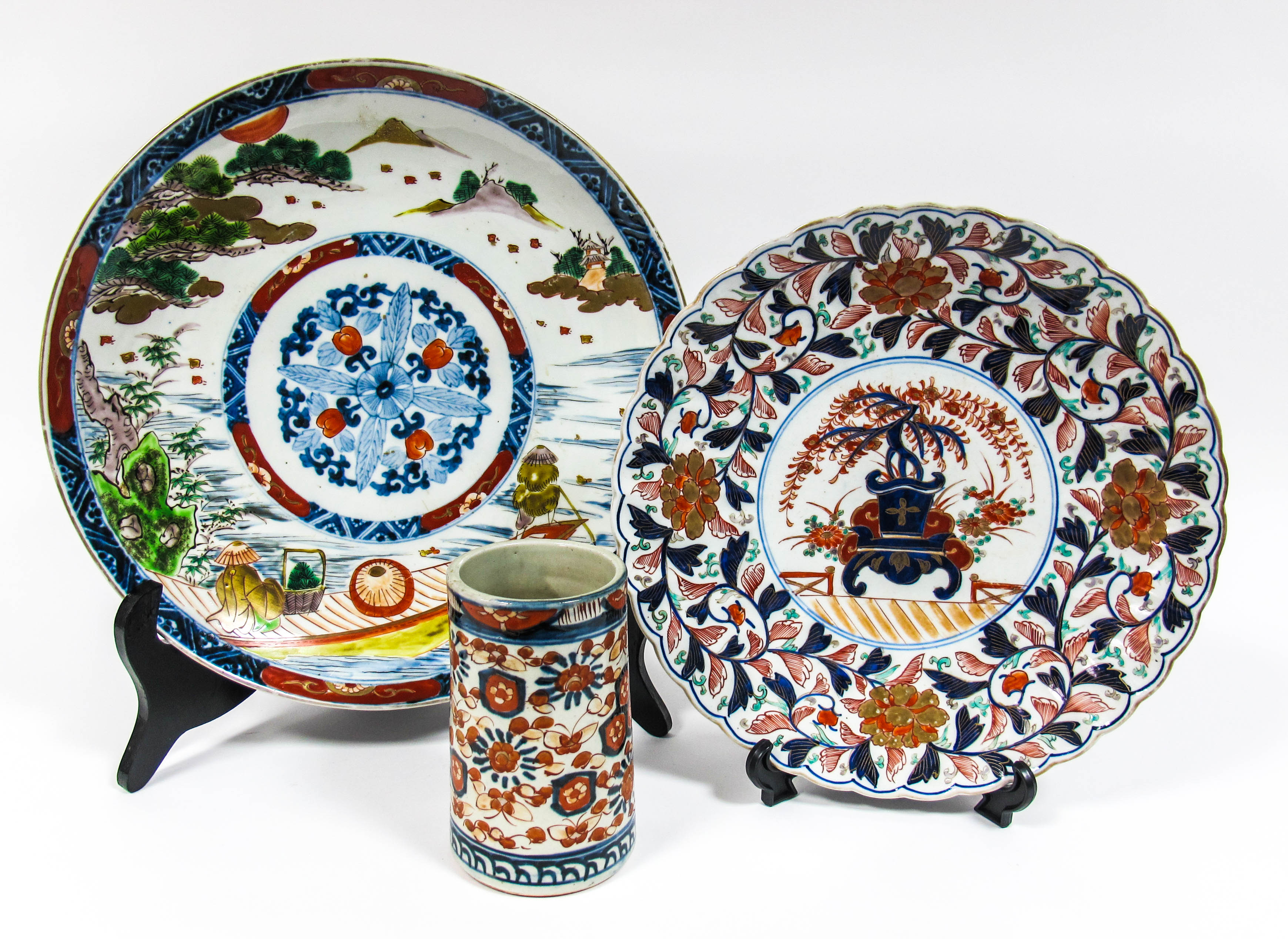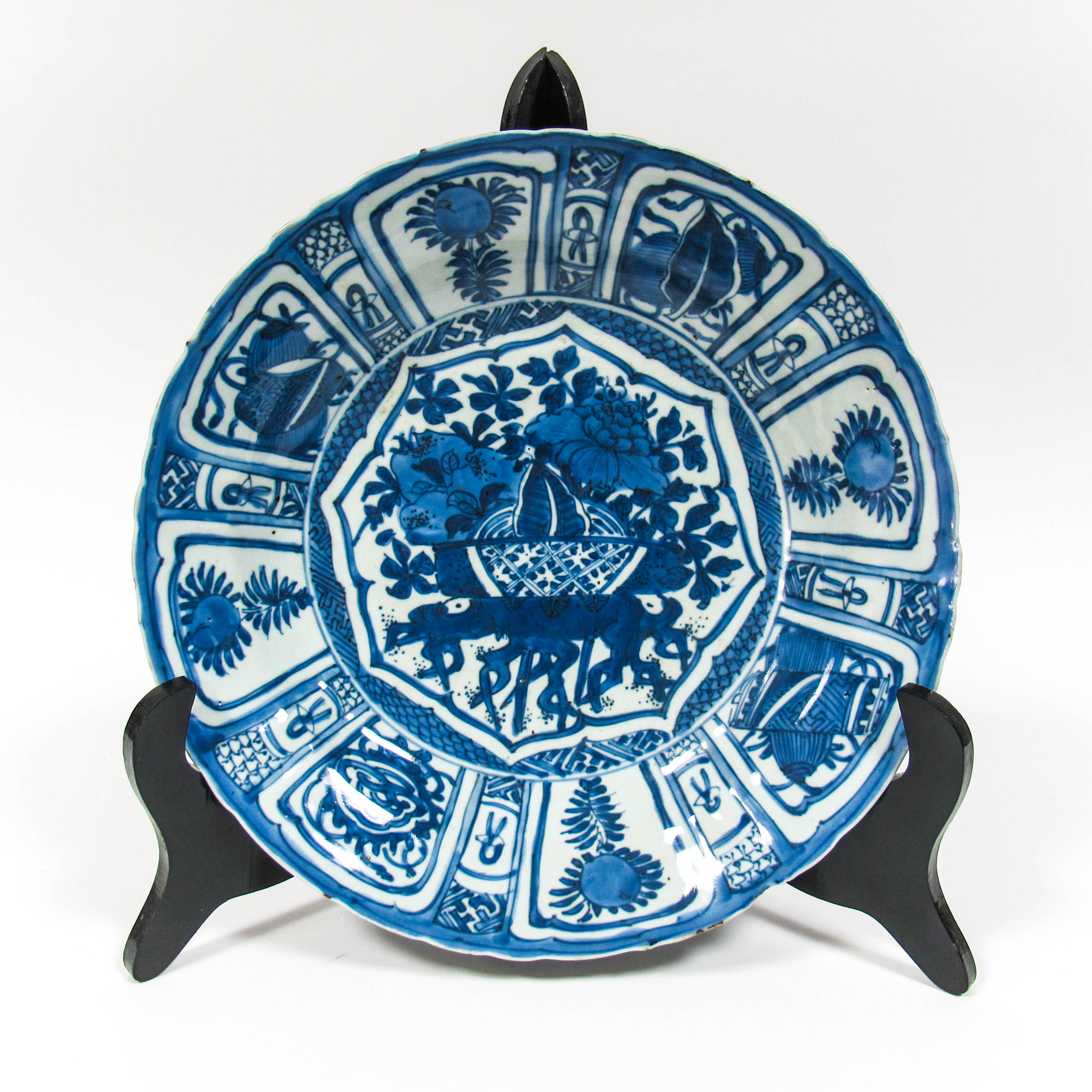Oriental Ceramics
Ceramics from the Far East are increasingly popular at auction...
02/05/2024 Blog
Ceramics from the Far East are increasingly popular at auction with many items returning to their home countries having been brought back by collectors from China and Japan.
But do you know what all the jargon and cataloguing terms mean? There’s Canton Famille Rose, Famille Verte, Imari, Satsuma and Kutani ware to name but a few so I thought I would explain what they are.

Let’s start with Canton Famille Rose. It was first introduced in the 18th century and is known for a predominantly pink palette hence its name which translates as “Pink Family”. These wares usually are highly decorative with an all over design of flowers and butterflies often with alternating panels of figures on terraces. A large quantity of Famille Rose porcelain was exported all over Europe from the port of Canton in the 19th and early 20th centuries. Large floor vases and punch bowls are the most sought-after items at auction and can fetch several thousand pounds.
Famille Verte as the name suggests is predominantly green in colour but may include yellow, black and red colouring. It was first introduced in the Kangxi period (1661-1722) in the Qing dynasty. Famille Verte was made for both the domestic and export markets and often bears the six-character mark of the period. Collectors value its high quality and highly detailed decoration together with outstanding iridescence and translucent glazes. These wares are often painted with Mythological animals, flowers as well as figures going about everyday tasks.

Imari ware is a term used when the main colours are red, dark blue and gilt. It originated in Japan and named after the port of Imari and was originally called Arita wares. The earliest known Arita wares are thought to date from 1616 and later that century as popularity grew for this colourful pottery the Dutch East India company started exporting these wares to Europe. Soon ceramic factories in Europe started copying Imari patterns including Meissen, Worcester and Derby.
Satsuma ware uses predominantly gold colouring and originally from the Satsuma province in Japan. Although production started in 1600’s the heyday of Satsuma wares is the late 19th and early 20th centuries known as the Meiji period. Usually on an ivory ground and decorated with figures in garden scenes, Sages and religious figures, exotic birds and also mythological creatures. The best and most intricate pieces are signed in a seal mark by the painters. Satsuma ware again was widely exported to Europe in varying qualities to appeal to every pocket.
Let’s finish with Kutani ware this features orange and gilt as the primary colours. We see many chargers and vases here at Sheffield Auction Gallery in these bright designs. Kutani ware is named after the Japanese village were the original kiln producing Kutani ware was located. Much of this type of pottery dates from the early 20th century and can be brought from as little as £50 upwards.
I hope this has helped you to identify some of the different types of Oriental ceramics and as always, we are here to help.